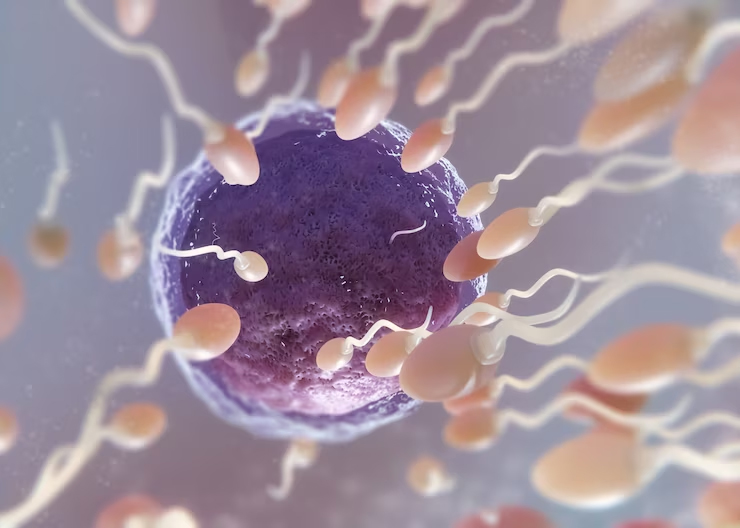No Widget Added
Please add some widget in Offcanvs Sidebar
+91 7835973793info@graciousivf.com159- Second Floor, Keshav Vatika - Surya Nagar Phase 2, Sector 91- Faridabad 1210013
Please add some widget in Offcanvs Sidebar

Intrauterine Insemination (IUI) is a fertility treatment that involves placing sperm inside a woman’s uterus to facilitate fertilization.
The goal of IUI is to increase the number of sperm that reach the fallopian tubes and subsequently increase the chance of fertilization.
IUI provides the sperm an advantage by giving it a head start but still requires a sperm to reach and fertilize the egg on its own. It is a less invasive and less expensive option compared to In Vitro Fertilization.
The most common reasons for IUI are low sperm count or decreased sperm mobility. However, IUI may be selected as a fertility treatment for any of the following conditions as well:
Unexplained infertility A hostile cervical condition, including cervical mucus problems Cervical scar tissue from past procedures which may hinder the sperms’ ability to enter the uterus Ejaculation dysfunction
Before intrauterine insemination, ovulation-stimulating medications may be used, in which case careful monitoring will be necessary to determine when the eggs are mature.
The IUI procedure will then be performed around the time of ovulation, typically about 24-36 hours after the surge in LH hormone that indicates ovulation will occur soon.
A semen sample will be washed by the lab to separate the semen from the seminal fluid. A catheter will then be used to insert the sperm directly into the uterus. This process maximizes the number of sperm cells that are placed in the uterus, thus increasing the possibility of conception.
The chance of becoming pregnant with multiples is increased if you take fertility medication when having IUI. There is also a small risk of infection after IUI.
Some couples want to explore more traditional or over the counter efforts before exploring infertility procedures.
If you are trying to get pregnant and looking for resources to support your efforts, we invite you to check out the fertility product and resource guide provided by our corporate sponsor. Review resource guide here.

IVF (In vitro fertilization) is a process of fertilization where egg is combined with sperm outside the human body.
Read More
A tiny needle is used to inject at the centre of egg. As compared to ivf, IVF- ICSI has higher success rate.
Read More
Hysteroscopy: It’s a diagnostic tool to check that your uterus is healthy to carry your pregnancy or not and also fixes the problem.
Read More
Minimal Invasive surgical procedure to examine pelvic reproductive organ and pelvic cavity
Read More
IUI is a simple and affordable procedure in which our expert doctors put well prepared semen directly into the uterus to increase the chances of pregnancy.
Read More
This is a scientific IVF technique that can make it easier for the embryo to “hatch” or breakthrough its outer layer or “shell” (a membrane also known as the zona pellucida) by creating an opening.
Read More
Embryo freezing (cryopreservation) freezes and stores fertilized eggs for later use. It also can help people preserve fertility and get pregnant in the future.
Read More
A blastocyst is a cluster of dividing cells made by a fertilized egg. A blastocyst forms about five to six days after a sperm fertilizes an egg.
Read More